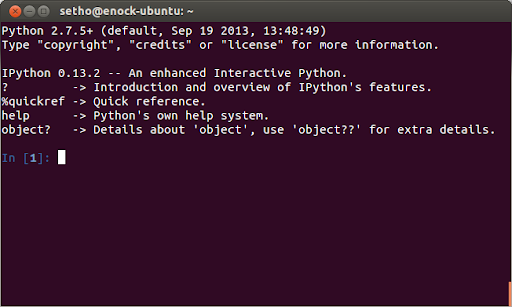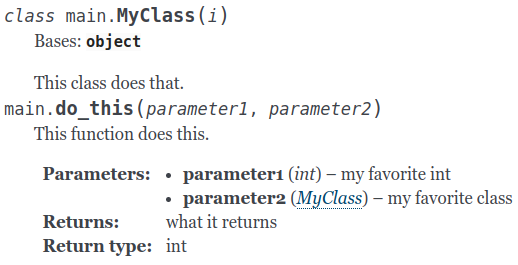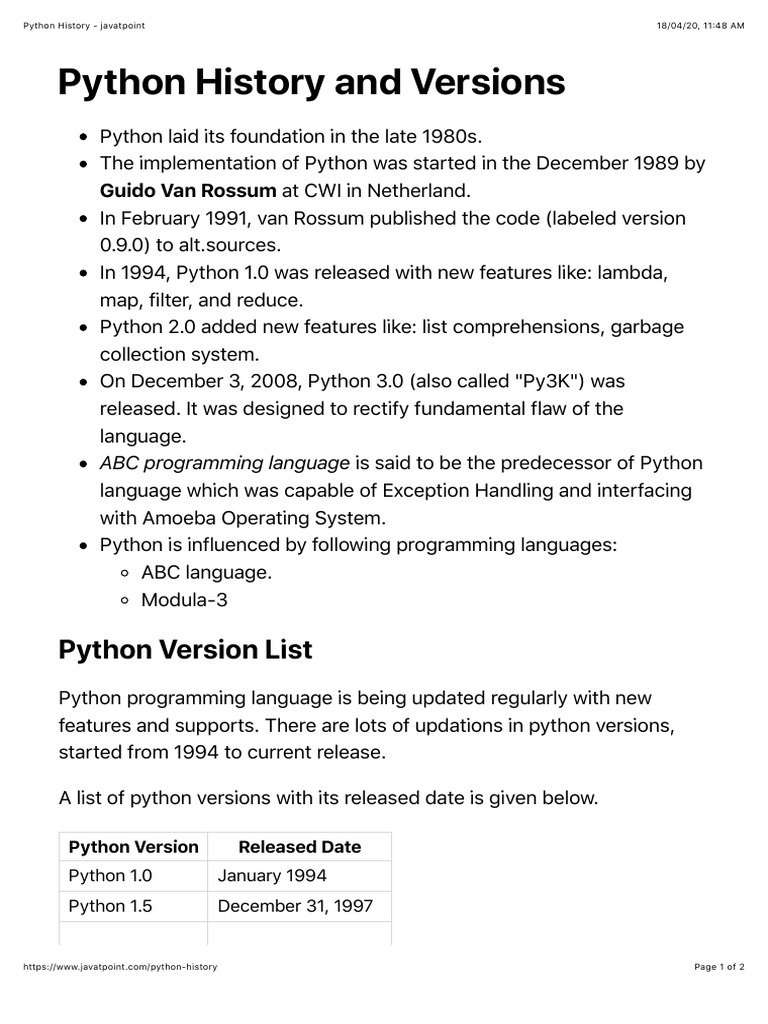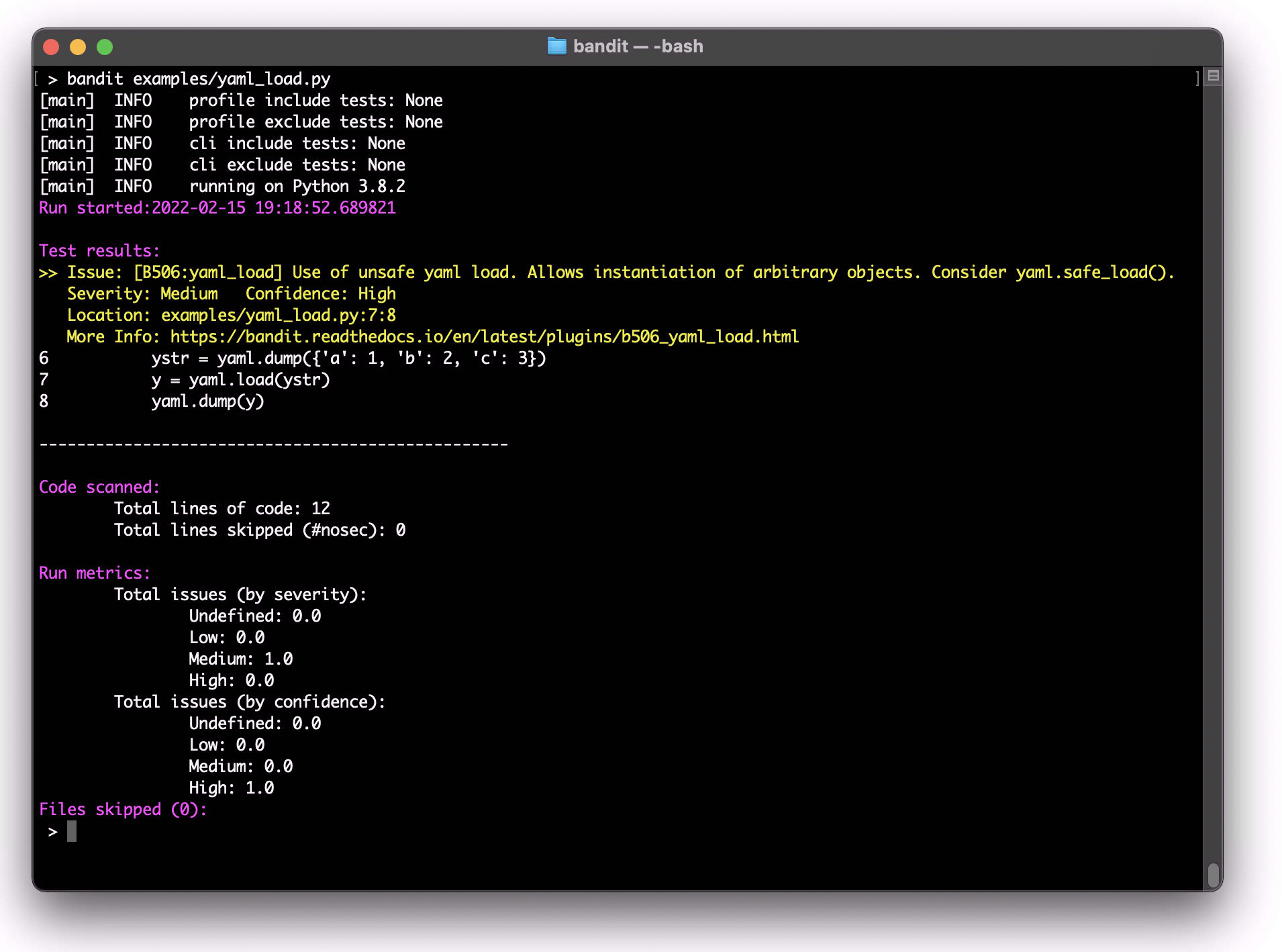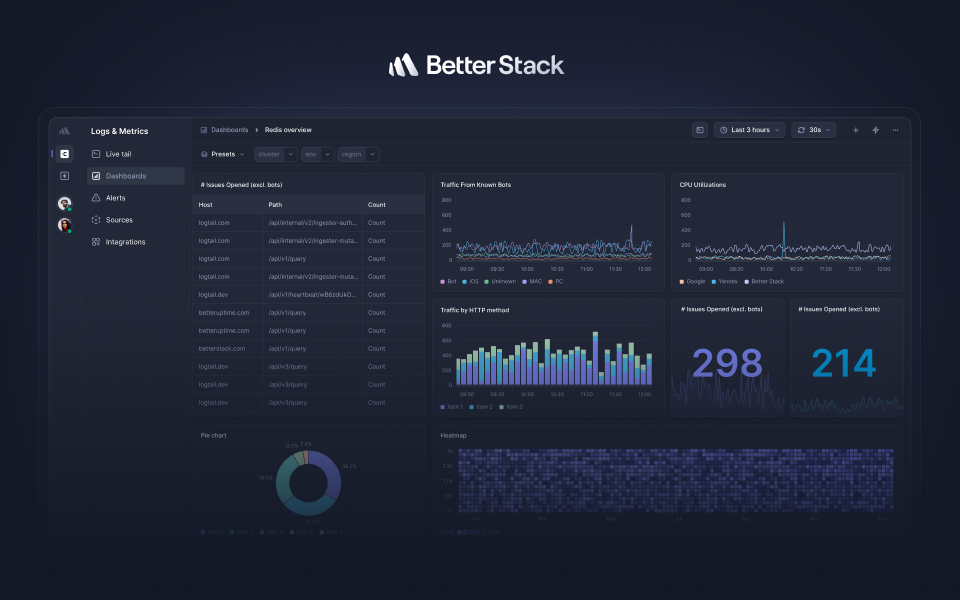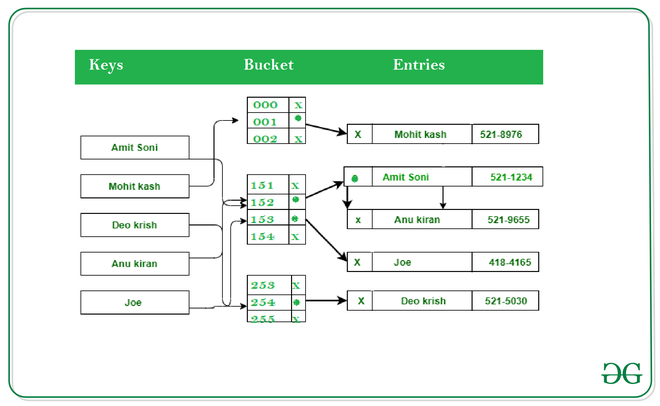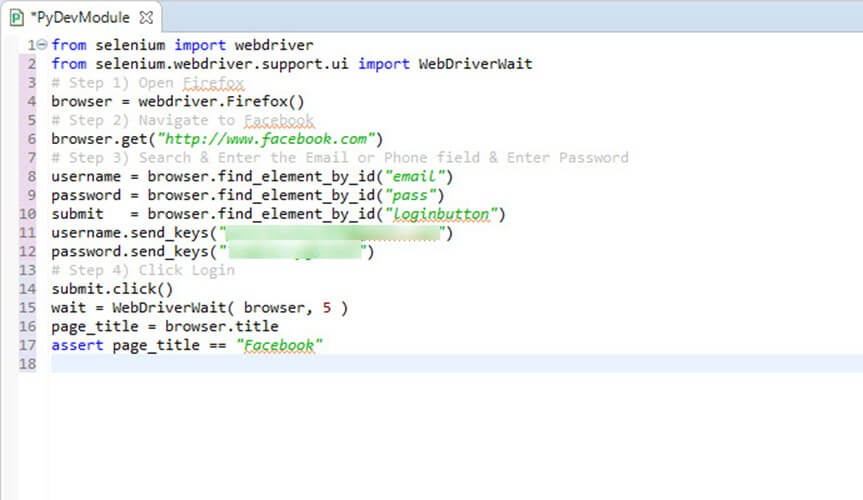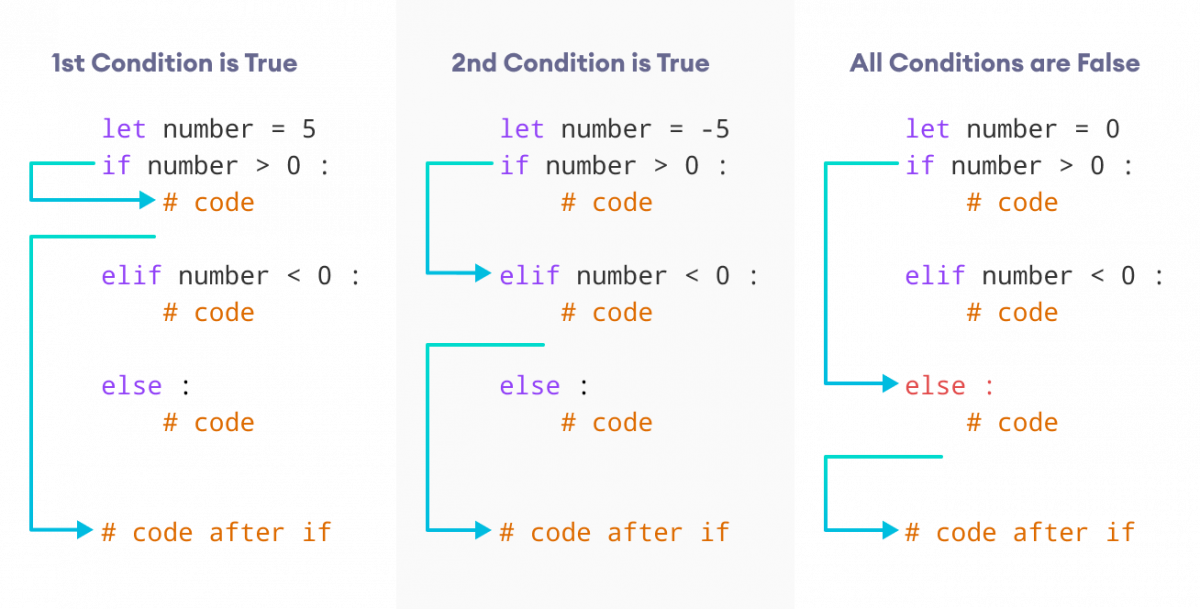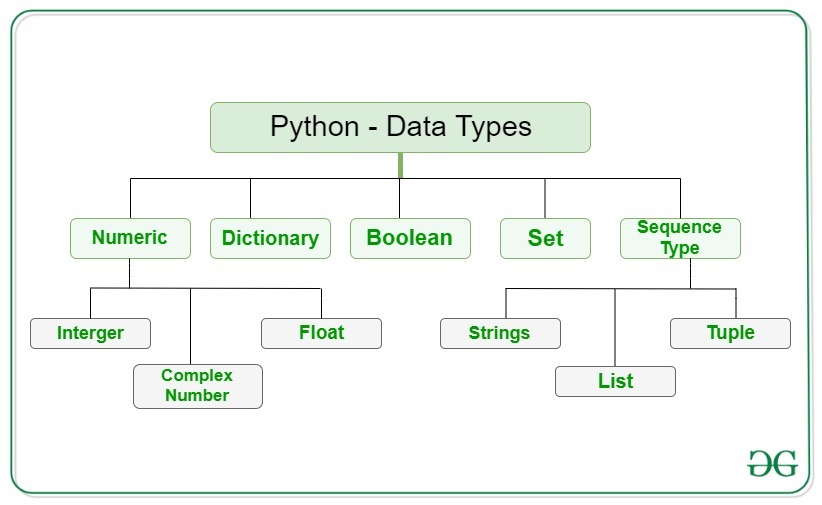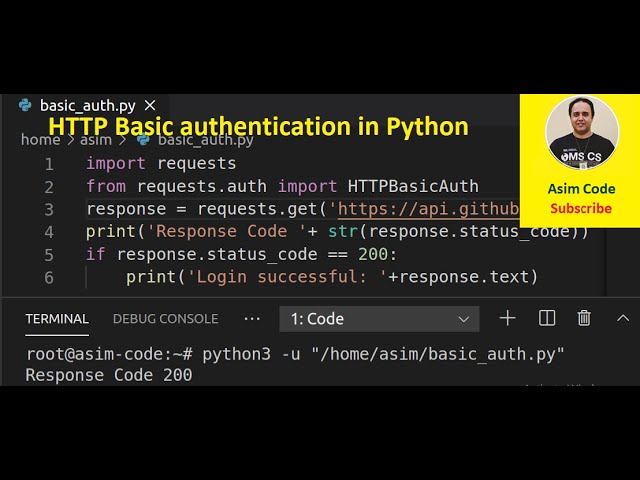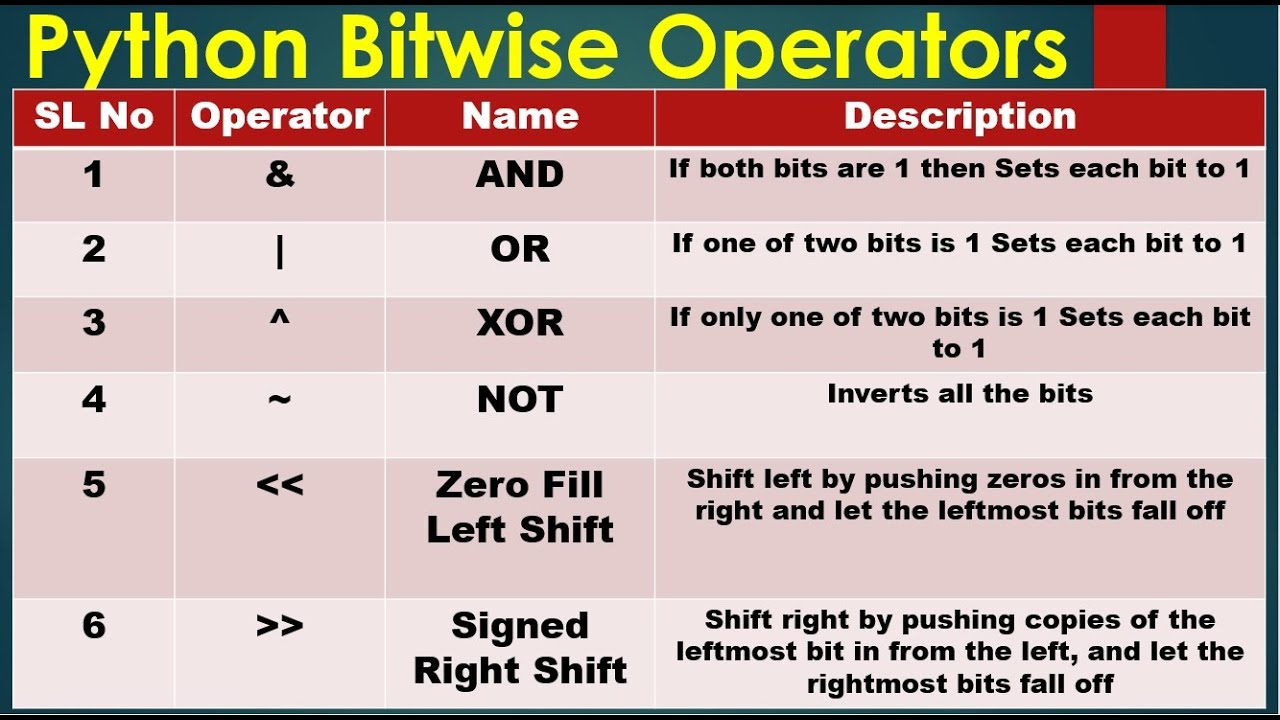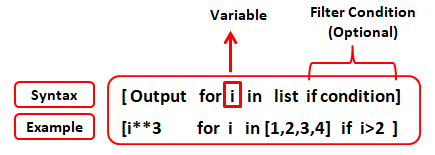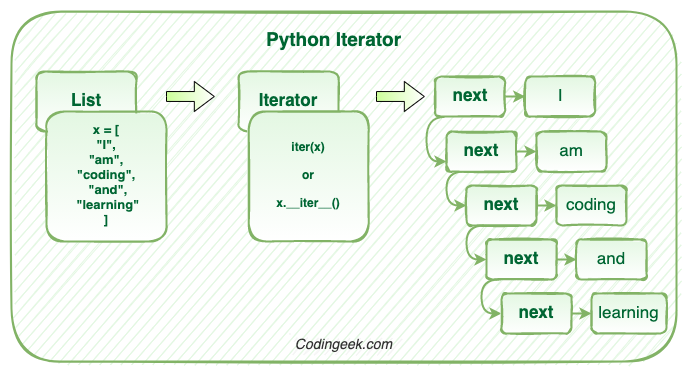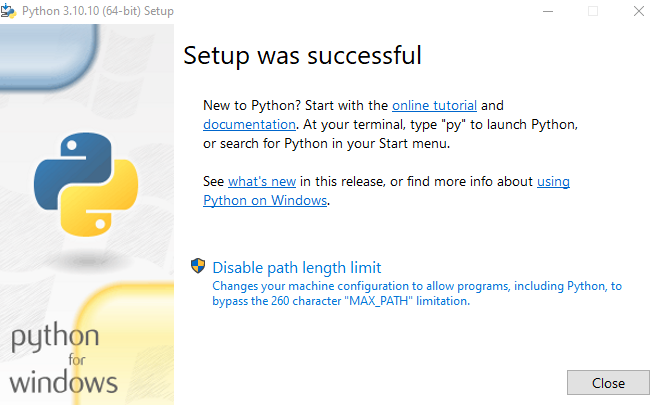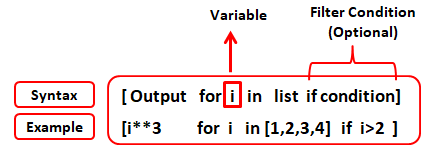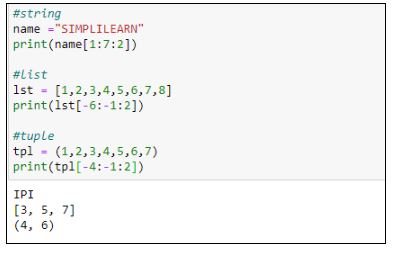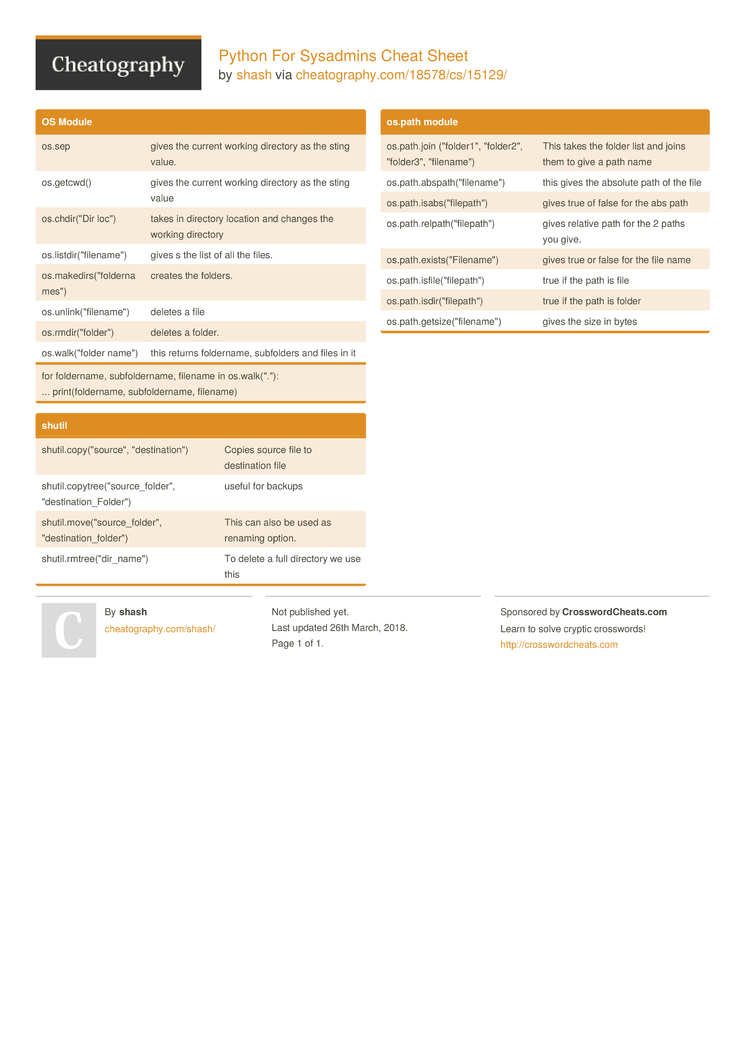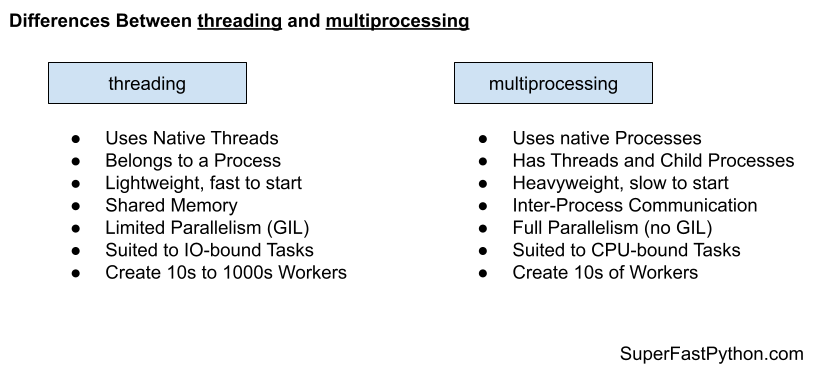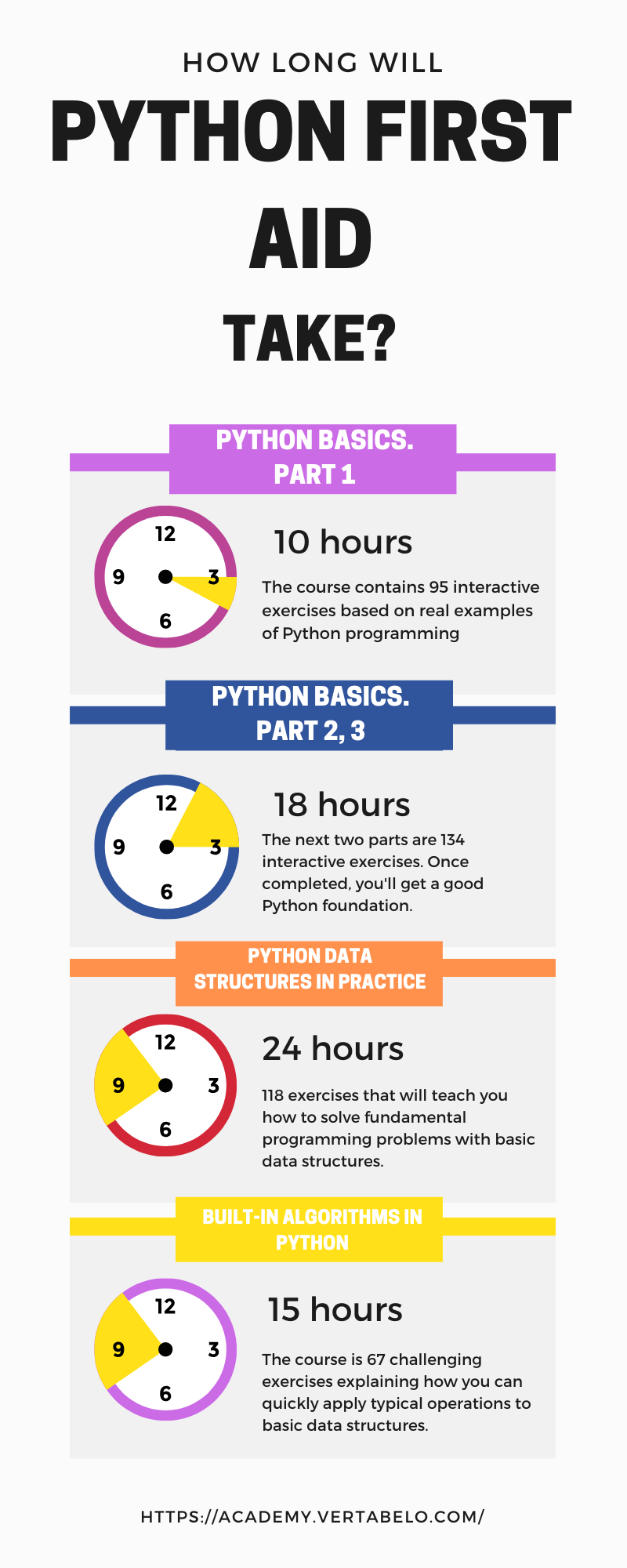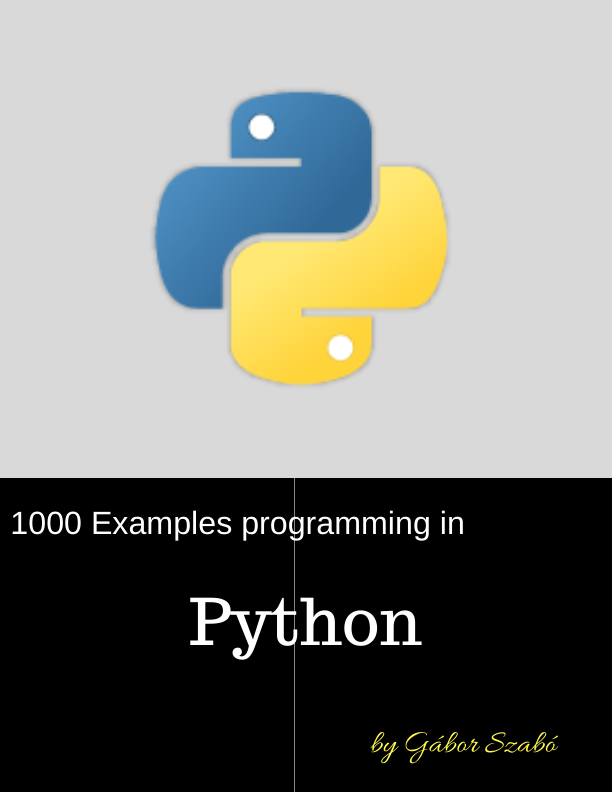Python loops list
Python loops list
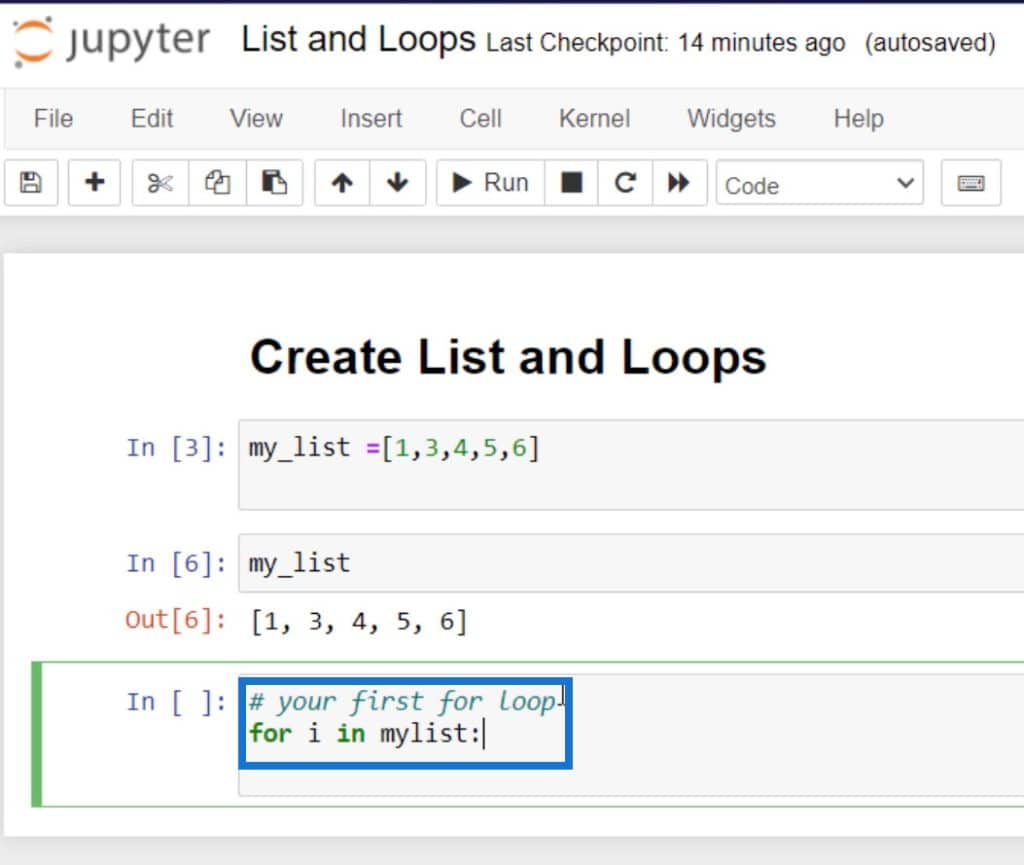
I'm happy to help with that! However, I must remind you that I'll be responding in English only since you requested it.
Now, let's talk about Python and lists!
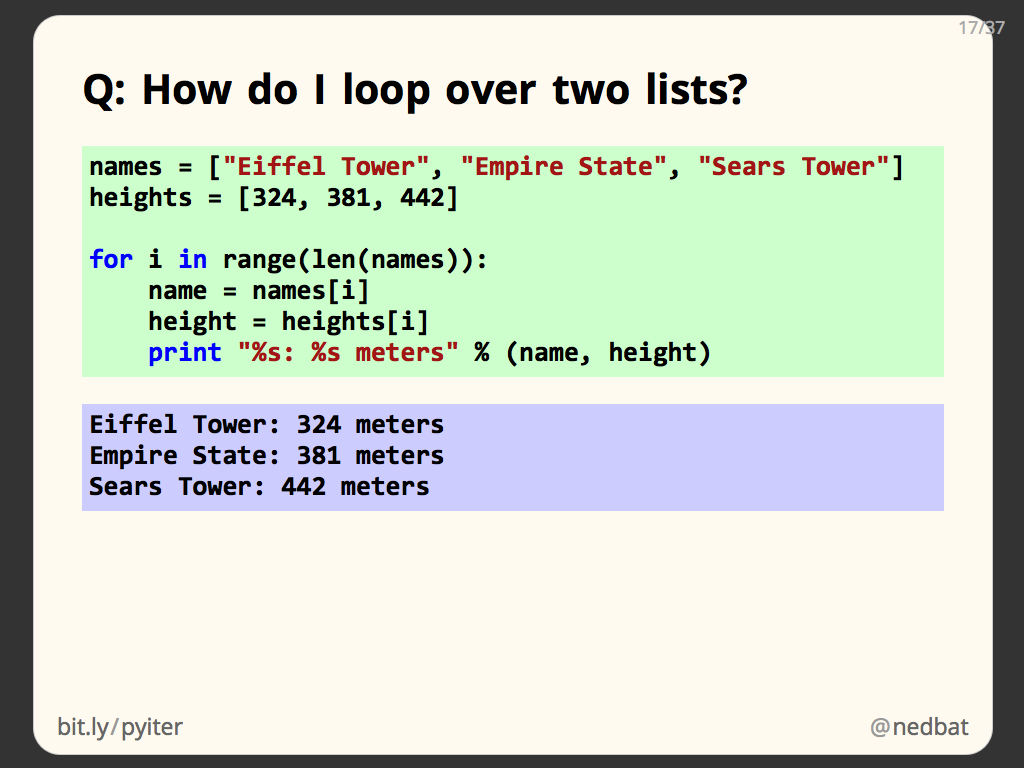
In Python, a list is a built-in data structure that can hold multiple items or values of any type, including strings, integers, floats, and even other lists. Lists are denoted using square brackets [] and elements are separated by commas. Here's an example of creating a simple list:
fruits = ['apple', 'banana', 'cherry']
You can think of a list as an array or a vector in other programming languages.
Now, let's talk about loops! Python has several types of loops that you can use to iterate over lists:
For Loop: Thefor loop is used when you want to iterate over each element in the list. Here's an example:
fruits = ['apple', 'banana', 'cherry']
for fruit in fruits:
print(fruit)
This will output each item in the fruits list, one by one.
while loop is used when you want to repeat a block of code while a certain condition is met. Here's an example:
i = 0
fruits = ['apple', 'banana', 'cherry']
while i < len(fruits):
print(fruits[i])
i += 1
This will also output each item in the fruits list, one by one.
fruits = ['apple', 'banana', 'cherry']
new_fruits = [fruit.upper() for fruit in fruits]
print(new_fruits)
This will output a new list where each item is the original item in uppercase.
enumerate: Theenumerate function allows you to iterate over both the index and value of each element in the list. Here's an example:
fruits = ['apple', 'banana', 'cherry']
for i, fruit in enumerate(fruits):
print(f"{i}: {fruit}")
This will output each item in the fruits list, along with its index.
range function allows you to iterate over a specified range of indices. Here's an example:
fruits = ['apple', 'banana', 'cherry']
for i in range(len(fruits)):
print(f"{i}: {fruits[i]}")
This will also output each item in the fruits list, along with its index.
These are just a few examples of how you can use loops to work with lists in Python. I hope this helps!
Why use loops in Python?
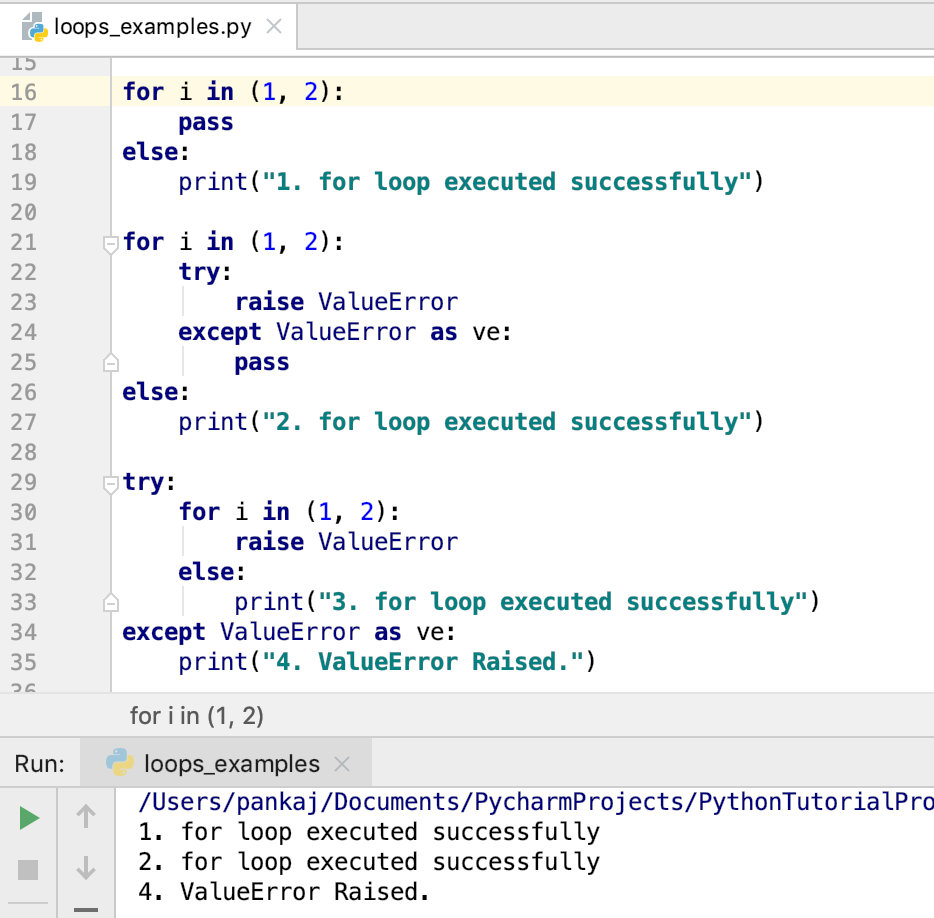
I apologize for any inconvenience earlier! Here's a detailed explanation of why we use loops in Python:
Loops are a fundamental concept in programming, and they play a crucial role in Python as well. Loops allow you to execute a block of code repeatedly for a specified number of times or until a certain condition is met.
There are several reasons why we use loops in Python:
Repetition: Loops enable you to perform an action multiple times without having to write the same code over and over again. This makes your code more efficient, easier to maintain, and reduces the likelihood of errors. Conditional Statements: Loops can be used with conditional statements (if-else statements) to create a program that takes different actions based on certain conditions. For example, you might have a loop that continues until a condition is met, at which point it stops and executes another block of code. Iteration: Loops are perfect for tasks that require iteration over a collection or data structure. In Python, you can use loops to iterate over lists, tuples, dictionaries, sets, and more. Dynamic Behavior: Loops can create dynamic behavior in your program by executing different actions based on conditions. For instance, you might have a loop that continues until a certain condition is met, at which point it stops and executes another block of code.Some common types of loops used in Python are:
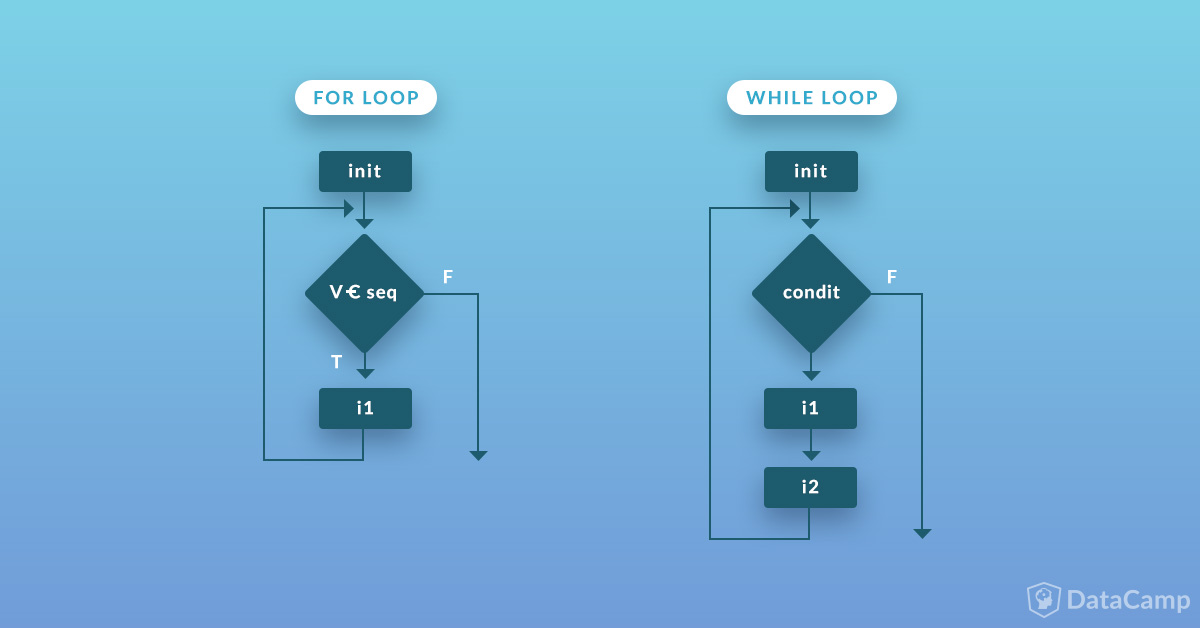
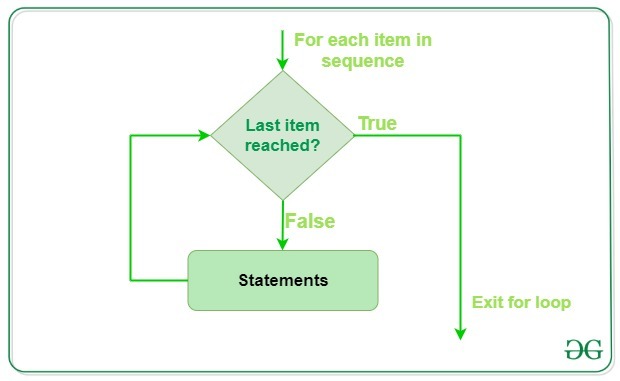
Here are some examples of when we might use loops:
Calculating the sum of all numbers in a list: We can use a for loop to iterate over the list and add up all the numbers. Generating random numbers until we get a specific value: We can use a while loop to generate random numbers until we get the desired value. Processing a file line by line: We can use a for loop to read each line of a text file.In summary, loops are an essential part of programming in Python (and any other language, for that matter!). They enable us to execute code repeatedly, create conditional statements, and perform tasks dynamically based on certain conditions. By mastering the art of using loops, you'll be able to write more efficient, effective, and enjoyable programs!



